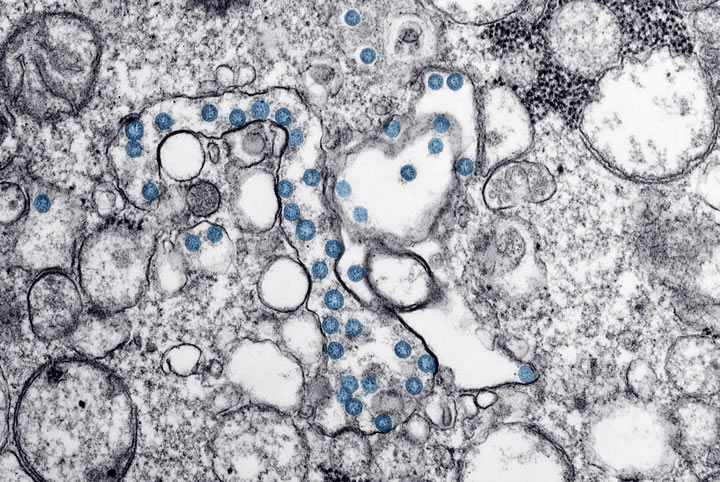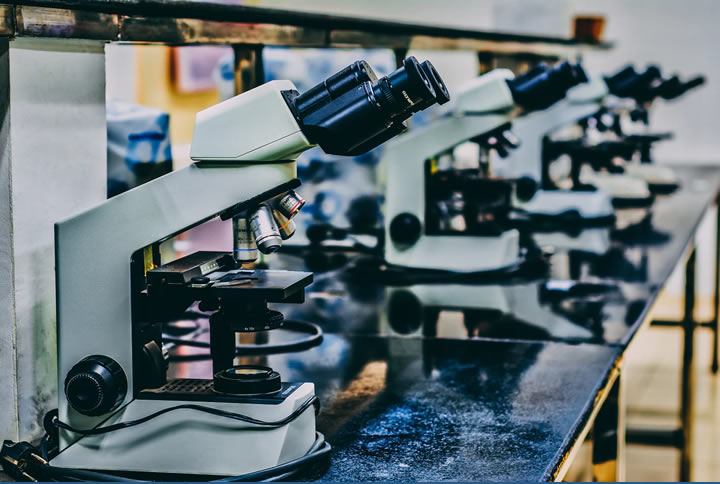The Enzyme-Linked Immunosorbent Assay (ELISA) is a reliable and sensitive technique for identifying and quantifying particular biomarkers in clinical and research specimens. Many variables, including pipetting, cleaning, and sample-handling methods, may influence the repeatability of ELISAs.
To guarantee consistent batch-to-batch performance, assays include several components that have been refined and tested together. For the most part, formulas and concentrations are tailored to each kit. But how to assure that the kits are appropriately utilized?
Are there any ways to optimize the kit preparation? Well, there are a variety of places where you can be more careful and beneficially optimize your ELISA kit’s practice. Read on to know various tips that will help you in optimizing the ELISA kit preparation.

How to optimize ELISA kit preparation?
The simplicity, ease of use, and relative cost given by ELISA kit manufacturers make them appealing. The lengthy tuning procedure for generating a reliable ELISA test is often challenging for the user. Small changes in test procedures will have little impact on the findings if the ELISA assay is well-developed. Regardless, the user approach plays a role in obtaining good test results. When making ELISA Kits, experimenters should follow these guidelines to achieve maximum repeatability, accuracy, and sensitivity:
1. Ensure sample integrity:
The first step in developing a successful ELISA method is to ensure that samples are collected correctly and kept in the appropriate conditions. Meddling compounds such as antigen-binding enzymes or anticoagulants may need to be eliminated by milling or diluted out before the test begins. Using specimens that have passed through numerous freeze-thaw processes is another frequent blunder. To avoid this, separate samples before freezing them.
2. Stick to optimal incubation settings:
The proper temperature, light exposure, and shaking intensity are ideal circumstances for the events of incubation. Evaporation of the well liquid or a build-up of moisture on the plate sealer may interrupt the process if the optimal incubation duration and temperature are not followed. These differences influence the amounts of critical reagents in the boreholes and the ELISA read-out accuracy. As a result, it’s crucial to ensure that your ELISA is cultured in the proper conditions.
3. Proper washing:
Background noise may conflict with your ELISA outcome and reduce the strength of your test if you skip the washing step. Inadequate blocking and cleaning of the plates cause a lot of background noise in ELISAs. The wash phases are a significant offender since it is critical to thoroughly wash wells and remove the whole wash barrier after each wash.
ELISAs usually need several wash stages in the process, and it is almost challenging to guarantee that the plate is washed in the same manner each time. Immunoassay advancements have solved this issue by reducing the number of rinse processes. Other ELISAs have transformed bead-based assays by obviating the need for wash steps entirely, decreasing user error.

4. Guarantee that the sample analysis is correct:
Since the quantities of the biological indicator being recognized may vary, as can possible matrix vibration amplitudes, it is critical for each end customer to optimize dispersion for their specific samples for the most reliable sample analysis. As a result, it’s vital to ensure that you’re not just falling into a secure spot on the benchmark curve with your population sample but also that you’re utilizing dilutional predictability with your diluted sample.
Even if a researcher uses a sample matrix with a suggested dilution ratio, it is still critical for each investigator to improve their dilution proportion for their specimens, using the kit procedure guidelines merely as a reference.
For specific samples, extraction, further dilution, and other procedures may be needed, and this possible necessity may only be predicted via dilution optimization. Some researchers overlook the significance of this optimization process, resulting in sample data that is not linear, falls off the graph, or is too variable, making the data useless.
5. Utilize the correct plates for your ELISAs:
It’s critical to use suitable plates for the ELISAs. ELISAs are most frequently performed on 96-well flat-bottomed silicone or polyvinyl chloride plates. Using the correct ELISA plate ensures uniformity, reduces edge and hook effects and preserves the conditions needed for subsequent optical data gathering.
Due to manufacturing flaws in ELISA plates, the outside wells react differently than the inner wells, resulting in unanticipated read-outs that are inconsistent with the interior walls. A simple way of preventing this is to use triplicates for all readings and be aware of significant differences in values from wells towards the margins.
When antigen levels in the analyte are very high, however, a hook effect occurs. When there isn’t enough antigen in the well to selectively attach to the antigen, the output is lower than anticipated. Before starting on a big experiment, evaluate many mixtures of each material in pilot assays to avoid a hook impact.

In conclusion
It’s worth the effort to utilize all the tips mentioned above if you want to get the most out of the ELISA kits. Follow the appropriate recommendations when using the ELISA kits. The laboratory that performs the analysis determines how the test findings are presented. It also relies on the ailment the person is being evaluated for. If everything that you do goes appropriately, you will be able to use the kits properly.
